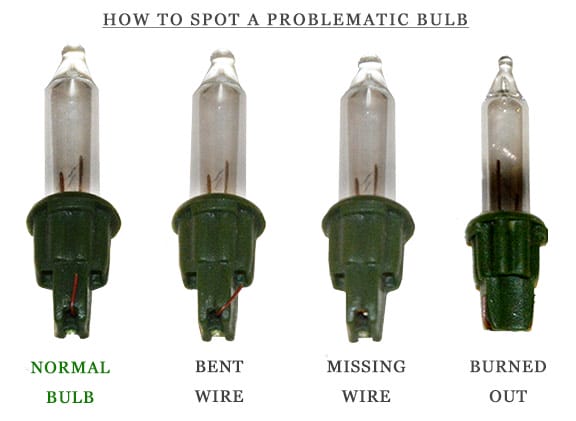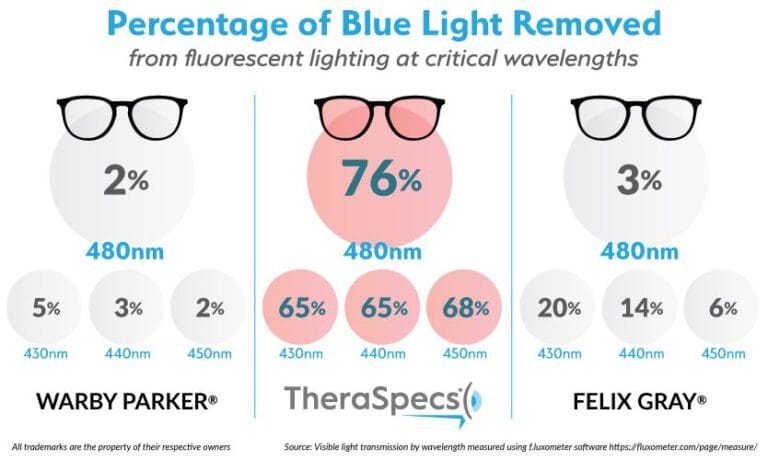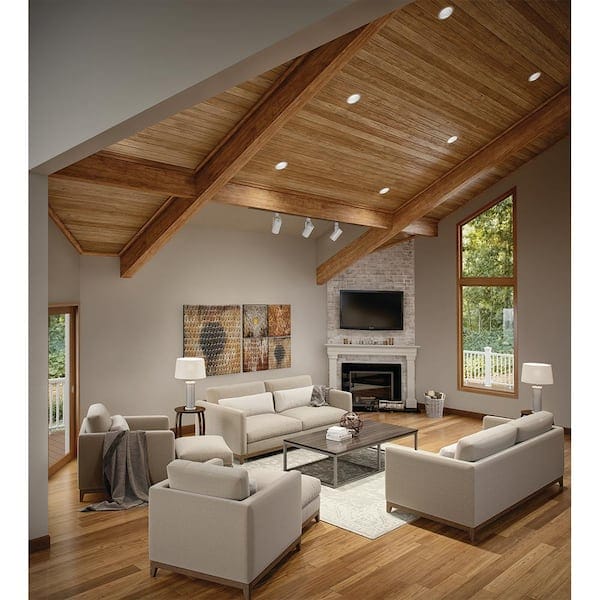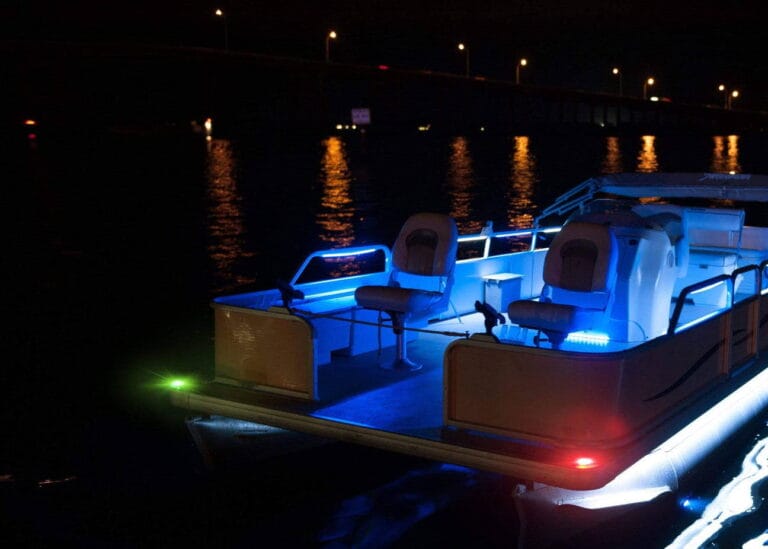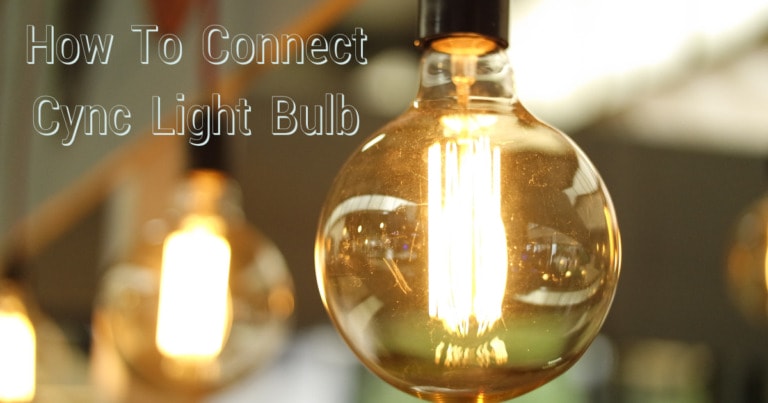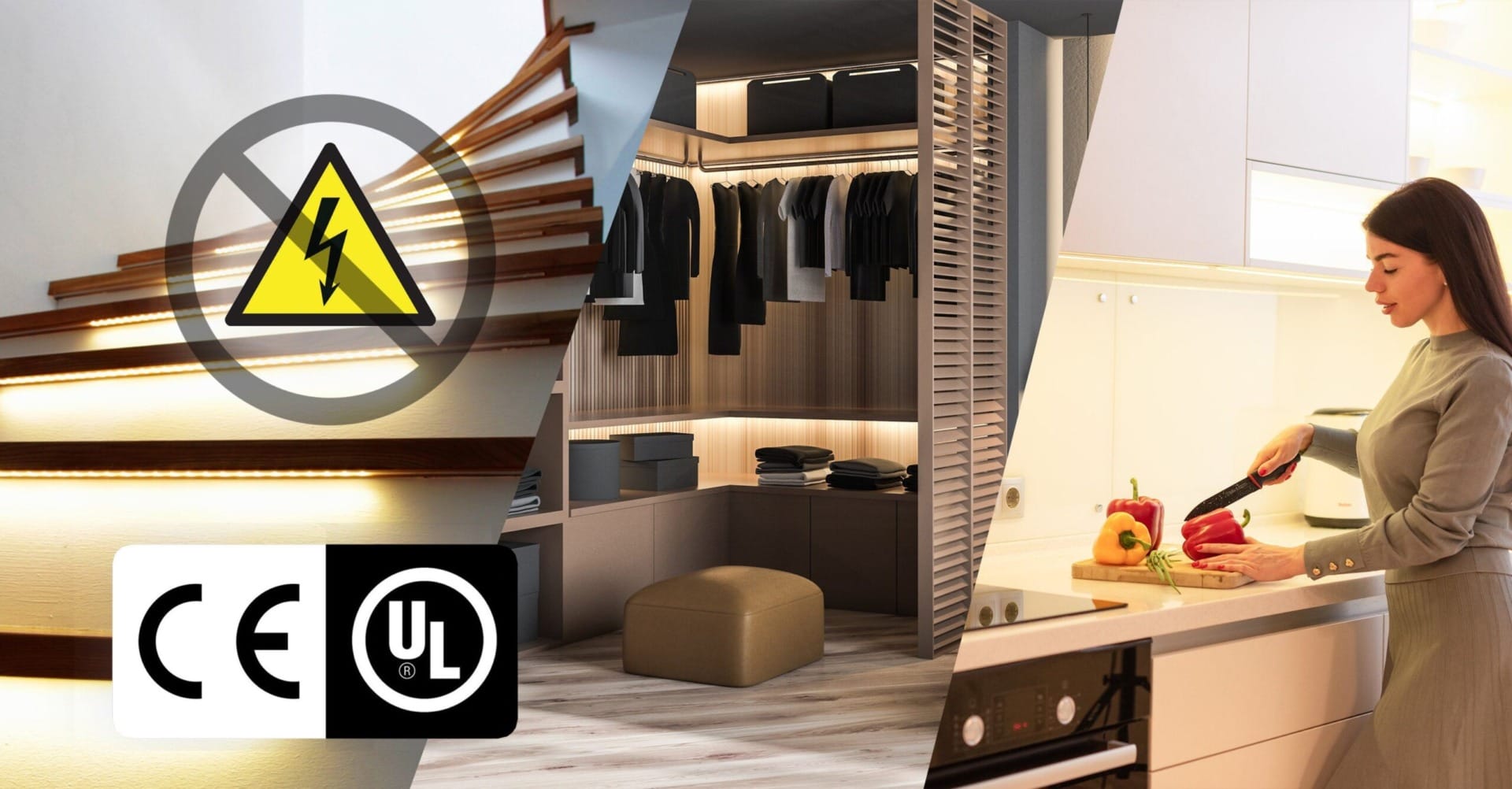
Curious about the safety of LED strip lights? Well, you’ve come to the right place! Let’s shed some light on this topic, shall we?
Now, you might be wondering, are LED strip lights safe? It’s a valid concern, especially when it comes to electrical devices. But fear not, young reader, because I’m here to ease your worries and give you the facts!
LED strip lights have gained popularity in recent years for their versatility and vibrant lighting effects. However, when it comes to safety, it’s essential to understand the potential risks and how to mitigate them. So, let’s dive in and explore the world of LED strip lights together!
When it comes to LED strip lights, safety is a top concern. LED strip lights are generally safe to use, but it’s important to follow some precautions. Ensure that the power source matches the strip lights’ requirements. Avoid overloading the circuit and use a surge protector. Check for proper ventilation to prevent overheating. Also, make sure to handle and install the lights properly to avoid any electrical hazards. By taking these precautions, you can enjoy the benefits of LED strip lights while keeping your space safe.
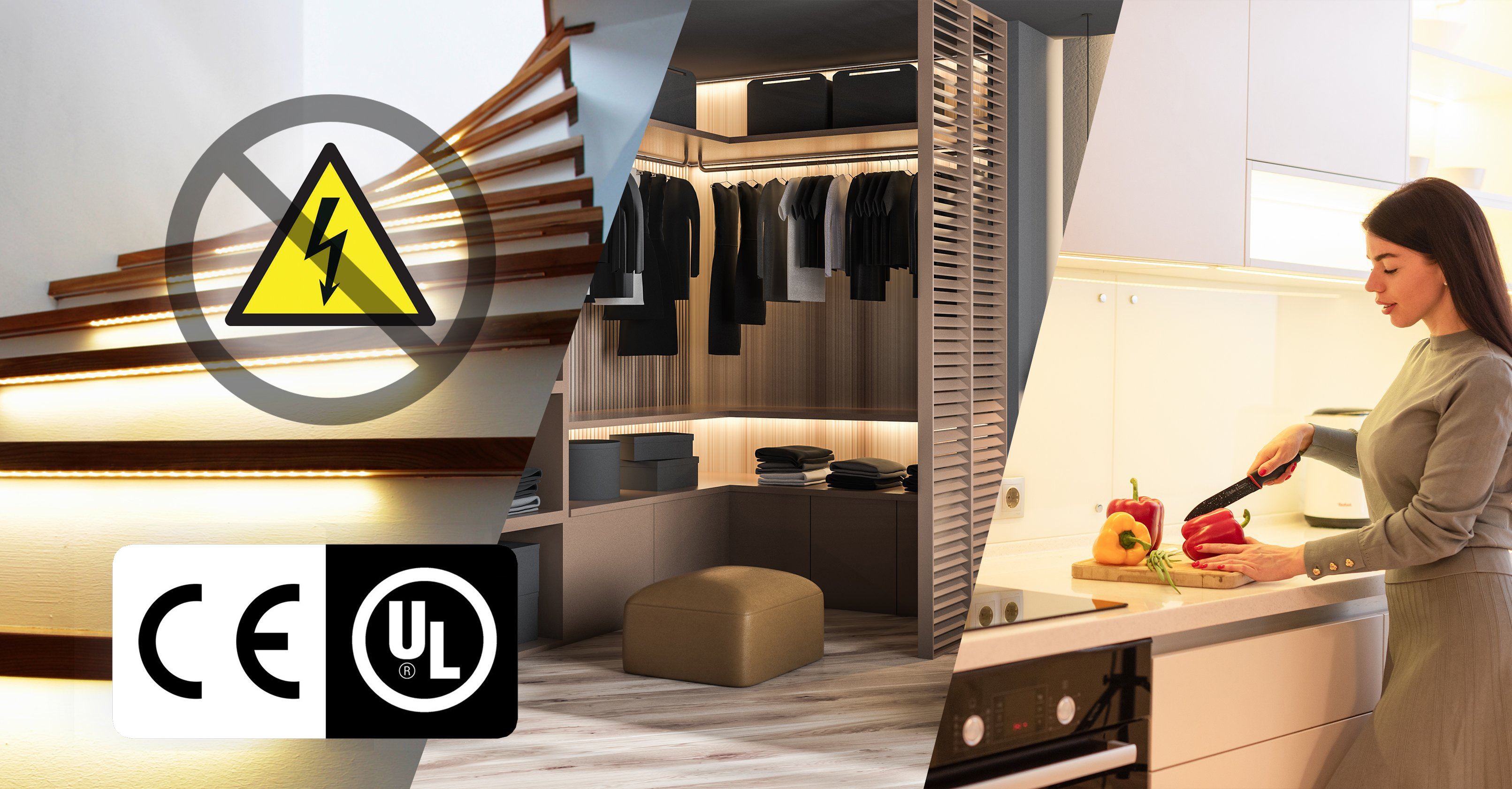
Are LED Strip Lights Safe?
In recent years, LED strip lights have gained tremendous popularity in both residential and commercial settings. These versatile and customizable lighting solutions have become a go-to option for adding ambiance and enhancing the aesthetics of spaces.
However, as with any electrical device, safety is a paramount concern. This article will delve into the topic of LED strip light safety, providing you with a comprehensive understanding of the potential risks, safety standards, and best practices to ensure a safe and enjoyable lighting experience.
1. Understanding the Basics of LED Strip Lights
LED strip lights are flexible circuit boards lined with light-emitting diodes (LEDs) that produce bright and energy-efficient illumination.
They are available in various colors, brightness levels, and lengths, making them ideal for accent lighting, task lighting, or decorative purposes. These lights are powered by direct current (DC) voltage and usually come with an adhesive backing for easy installation.
When it comes to safety, LED strip lights have distinct advantages over traditional lighting options. They generate significantly less heat, have a longer lifespan, and consume less energy. However, it is crucial to understand the potential safety concerns associated with LED strip lights, such as electrical shock, fire hazards, and eye strain.
Electrical Shock
When working with any electrical device, the risk of electrical shock is a major concern. LED strip lights are no exception. It is essential to handle these lights with caution, ensuring that you are following proper installation and usage guidelines.
Pay close attention to the electrical connections, ensuring they are secure and properly insulated to prevent any accidents.
Additionally, always use LED strip lights that comply with the necessary safety standards and certifications. Look for products that meet the requirements set by recognized organizations such as Underwriters Laboratories (UL) or the International Electrotechnical Commission (IEC).
Fire Hazards
LED strip lights are generally considered safer than traditional lighting options, primarily due to their low heat emission. However, it is essential to exercise caution and avoid placing LED strip lights near flammable materials or in confined spaces without proper ventilation.
Investing in LED strip lights that come with built-in thermal management systems can further enhance safety. These systems help dissipate any excess heat generated by the LEDs, minimizing the risk of overheating and potential fire hazards.
Eye Strain
One common concern regarding LED strip lights is their potential to cause eye strain or discomfort. LED lights emit blue light, which has a higher frequency and can be harsh on the eyes, especially when exposed for extended periods.
To mitigate this issue, consider selecting LED strip lights with adjustable color temperature options. These lights allow you to choose warmer tones, reducing the amount of blue light emitted. Additionally, incorporating diffusers or covers over the LED strip lights can help create a softer and more diffused light, further reducing the strain on your eyes.
2. Safety Measures when Installing LED Strip Lights
Proper installation is crucial to ensure the safety and longevity of your LED strip lights. Here are some essential safety measures to keep in mind:
1. Use Proper Wiring Techniques
When connecting LED strip lights to a power source, use appropriate wiring techniques. Avoid overloading circuits and ensure that the wires are properly insulated to prevent short circuits or electrical hazards.
2. Adhere to IP Ratings
LED strip lights have different Ingress Protection (IP) ratings, which indicate their resistance to dust and moisture. Consider the environment where you plan to install the lights and choose a suitable IP rating to prevent any damage or safety hazards.
3. Follow Manufacturer Instructions
Always refer to the manufacturer’s instructions and guidelines when installing LED strip lights. These instructions provide essential safety information specific to the product you are using.
4. Ensure Proper Ventilation
Adequate ventilation is crucial for dissipating the heat generated by LED strip lights. Avoid enclosing the lights in tight spaces without proper airflow, as it can lead to excessive heat buildup and potential safety issues.
5. Inspect Regularly
Periodically inspect your LED strip lights to ensure that they are in good working condition. Look for any signs of wear, damage, or loose connections. Replace any faulty components immediately to prevent safety risks.
3. Benefits of LED Strip Lights
Despite the safety considerations, LED strip lights offer numerous benefits that make them a popular lighting choice. Here are some advantages of incorporating LED strip lights into your lighting design:
1. Energy Efficiency
LED strip lights are highly energy-efficient, consuming a fraction of the energy compared to traditional incandescent or fluorescent lights. This results in significant cost savings on your electricity bills and helps reduce your carbon footprint.
2. Versatility
LED strip lights are incredibly versatile and can be used for a wide range of applications. Whether you want to create accent lighting, illuminate a workspace, or enhance the aesthetics of your living space, LED strip lights can be customized to fit your specific needs.
3. Longevity
LED strip lights have an impressive lifespan, often lasting up to 50,000 hours or more. This longevity eliminates the need for frequent replacements, reducing maintenance costs and the environmental impact of disposing of traditional light bulbs.
4. Flexibility and Customization
The flexibility of LED strip lights allows for easy installation in tight spaces, corners, or curved surfaces. They can be cut to specific lengths, making it simple to achieve a tailored lighting design.
Additionally, LED strip lights are available in various colors and color-changing options, allowing you to create dynamic and captivating lighting effects.
Importance of Safety When Using LED Strip Lights
While LED strip lights offer a multitude of benefits, it is crucial to prioritize safety when using and installing them. By understanding the potential risks and following recommended safety measures, you can enjoy the aesthetic appeal and functionality of LED strip lights without compromising on safety.
Remember to always select high-quality LED strip lights from reputable manufacturers and consult professional electricians if you are unsure about the installation process.
With proper care and attention to safety, LED strip lights can provide a safe and enjoyable lighting experience in any space.
Frequently Asked Questions
Welcome to our frequently asked questions section on the topic of LED strip light safety. Here, we address some common concerns and provide answers to help you better understand the safety aspects of using LED strip lights.
1. Can LED strip lights catch fire?
LED strip lights are generally considered safe and are much less likely to catch fire compared to traditional lighting options. This is because LED lights produce very little heat.
However, if improperly installed or if the LED strip lights are of poor quality, there is a slight risk of fire. To ensure safety, it is important to purchase high-quality LED strip lights, follow the manufacturer’s instructions for installation, and avoid overloading the electrical circuit.
Additionally, regular maintenance and inspection of the LED strip lights and the surrounding area are essential to prevent any potential risks. By taking these precautions, the risk of LED strip lights catching fire can be greatly minimized.
2. Are LED strip lights safe for indoor use?
Yes, LED strip lights are safe for indoor use. They are designed to be used indoors and do not emit any harmful fumes or toxins. LED strip lights operate at low voltage, reducing the risk of electric shocks. However, it is important to ensure that the LED strip lights are properly installed, and the power supply is protected from any water or moisture.
When using LED strip lights indoors, it is advisable to choose models that are UL or ETL-certified for safety. Additionally, following the manufacturer’s guidelines and ensuring proper ventilation can help maintain the safety of LED strip lights in indoor environments.
3. Can LED strip lights cause eye damage?
No, LED strip lights do not typically cause eye damage. Unlike traditional lighting options, LED strip lights do not emit harmful UV rays.
However, staring directly at any form of bright light, including LED strip lights, for extended periods may cause temporary discomfort or eye strain. It is always recommended to avoid direct eye contact with bright lights and to provide proper lighting conditions in the surrounding area to prevent any potential eye strain.
Additionally, if you have any pre-existing eye conditions or concerns, it is always advisable to consult with an optometrist or eye care professional for personalized advice.
4. Can LED strip lights overheat?
While LED strip lights produce very little heat, they can still overheat if not used and installed correctly. Overheating can occur if the LED strip lights are placed on flammable materials or if the power supply is overloaded.
To prevent overheating, it is important to follow the manufacturer’s instructions for installation, avoid overloading the circuit, and ensure proper ventilation.
Furthermore, it is essential to choose LED strip lights that have built-in thermal management systems to dissipate any excess heat. Regular maintenance and inspection of the LED strip lights can also help identify any potential overheating issues.
5. Are LED strip lights safe to use in bathrooms?
LED strip lights can be safe to use in bathrooms if they are installed correctly and follow the necessary safety precautions.
It is important to ensure that the LED strip lights used in the bathroom are specifically designed for wet or damp environments and have the appropriate IP (Ingress Protection) rating to resist moisture.
Additionally, proper grounding and insulation of electrical connections are crucial to prevent any electrical hazards. It is advisable to consult a professional electrician for the installation of LED strip lights in bathrooms to ensure compliance with local electrical codes and ensure optimal safety.
So, are LED strip lights safe? The answer is yes, as long as they are used properly. LED lights are energy-efficient, long-lasting, and emit very little heat.
However, it’s important to follow safety guidelines, such as not overloading the circuit and using the appropriate power supply.
Additionally, it’s crucial to purchase LED strip lights from reputable brands to ensure they meet safety standards.
Regular maintenance, such as checking for damaged wires or loose connections, is also important. By using LED strip lights responsibly, you can enjoy their benefits while keeping your home safe.

